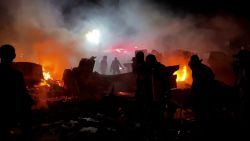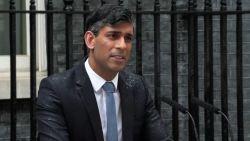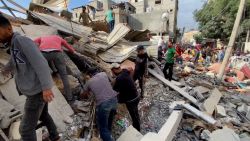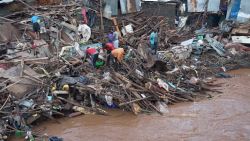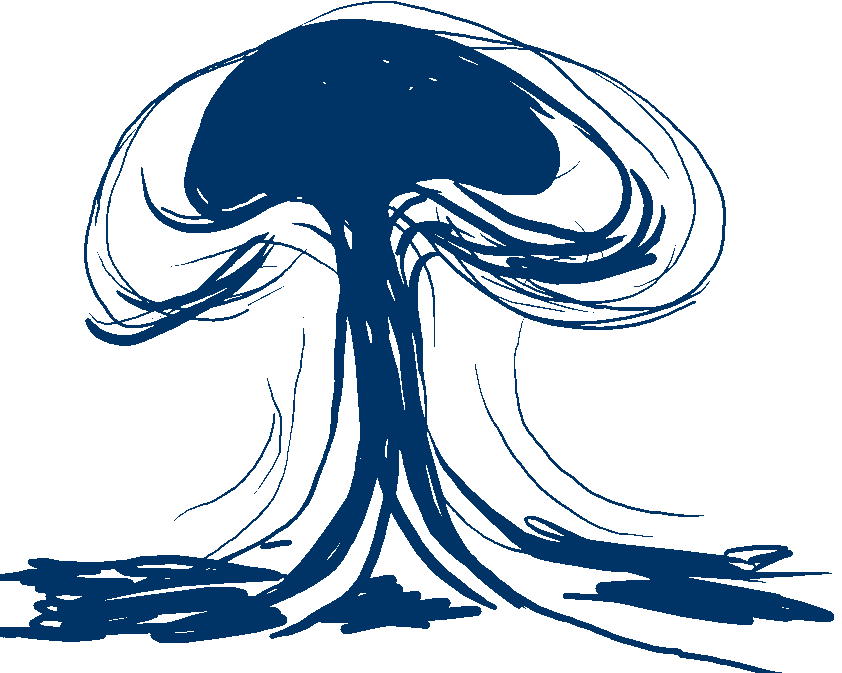One of the world’s most sensitive regions is in the midst of a crisis and could be on the verge of conflict, but the world may not find out what’s happening there until it’s too late.
An almost complete communications blackout has been imposed in Indian-controlled Kashmir, after the government in Delhi moved to scrap the region’s special status, sparking an angry response from Pakistan. The two neighbors have fought numerous times over Kashmir, and the region has been the focus of periodic conflict for almost 70 years.
In the run-up to the revocation of Article 370 of the Indian constitution, which gave the state of Jammu and Kashmir broad autonomy in setting its own law, except in a limited set of policy areas such as defence and foreign affairs, India sent tens of thousands of additional troops into the state and cut off all internet and phone services. Broadband, mobile internet, text messaging and phone service have all been affected, with residents reduced to digging out old radio sets to tune into the news.
Politicians have reportedly been detained, journalists restricted in their reporting and human rights groups have warned of potential abuses due to the lack of international oversight enabled by the communications blackout.
“A large-scale communication disruption at such a crucial time for Kashmir is an egregious violation of citizens’ rights to information from a free press,” Aliya Iftikhar, a senior researcher with the Committee to Protect Journalists, said in a statement. “We call on Prime Minister Narendra Modi and his administration to guarantee that all communication blocks in Kashmir are lifted and that journalists are able to report freely. Communication blocks have no place in a democracy.”
The Telecom Regulatory Authority of India did not immediately respond to a request for comment regarding the communications blackout in Jammu and Kashmir. The Press Information Bureau for Jammu and Kashmir also did not respond.
On Thursday, Indian Prime Minister Narendra Modi said the law change would bring stability and end “separatism, terrorism, dynastic politics and corruption” in Jammu and Kashmir, even as the United Nations warned against taking steps that “could affect the status” of the disputed region.
UN Secretary-General Antonio Guterres said in a statement that he was “concerned over reports of restrictions on the Indian-side of Kashmir, which could exacerbate the human rights situation in the region.”
Blackout state
Internet, social media and messaging blackouts are a common occurrence in Indian-controlled Kashmir. There have been 59 partial or complete blackouts in 2019 so far, almost equal to the total number last year, according to the Software Freedom Law Center, India, an NGO. That works out to more than one blackout per week in Kashmir for the first 30 weeks of the year.
That makes Jammu and Kashmir the most cut off Indian state, in a country which already leads the world in internet blackouts. There were 87 major blackouts across India last year – accounting for more than half of all blackouts globally – and dozens of smaller scale disruptions, according to monitor Access Now.
Research by NetBlocks, which monitors internet disruptions around the world, suggests that the current Kashmir internet blackout has been instituted at the “backbone level.” That refers to the fiber optic cables, modems and switches which form the fundamental infrastructure of the internet, controlling connections between users and internet service providers (ISPs) in Kashmir and the wider country.
A blackout is the most blunt tactic for online control, completely severing communications at the core level. Companies which manage the country’s internet infrastructure can be ordered to cut off certain regions or throttle connections from them, making internet service incredibly slow.
Compared to other Indian states and territories, connections between Kashmir and the rest of the Indian internet are relatively sparse and pass through a small number of choke points, making such a blackout easier to achieve. In countries such as the United States, there is a much greater density of fiber optic connections and more service providers controlling them, making it more difficult to order a sudden blackout. The US also has legal restrictions in place against the government easily pulling off such a communications shutdown.
In coming days, the Indian government may choose to restore partial service to Kashmir, to allow people to reassure relatives they are okay and avoid continued economic damage. Then it may shift to blocking specific sites and platforms, such as WhatsApp and other social media, as has been done in the past.
This is achieved by blocking those platforms at the IP or server level, similar to how China’s Great Firewall works. Such blocks can often be bypassed by using a virtual private network (VPN), an encrypted tunnel which masks traffic sent across it so it appears to be benign. These too can be blocked, as they are frequently in China during sensitive periods, though doing so brings with it its own problems due to the widespread use of VPNs by businesses.
Communication confusion
An internet blackout isn’t just annoying, it can be terrifying, cutting people off from key information and spreading concern and disinformation.
“Access to the internet is a human right,” said Apar Gupta, executive director of the Internet Freedom Foundation, an Indian NGO. “Massive economic, social and individual harm caused when it is disrupted. But the human costs are much deeper. Cutting off Internet access prevents people from using the Internet to reach out for help, and makes them panic.”
When Sri Lanka cut off social media in the wake of terrorist attacks earlier this year, it created an information vacuum that was filled by fake news and prevented legitimate criticism of the government – which later admitted to missing clear warnings of the attacks – from being aired.
“Shutdowns are a blunt instrument for interrupting the spread of disinformation online,” Adrian Shahbaz, a researcher at Washington-based Freedom House, told CNN at the time. “Citizens are denied access to communication tools at a time when they need them the most to dispel rumors, check in with family, or avoid dangerous areas.”
In a paper in February, Jan Rydzak, an internet policy expert at Stanford University, found that internet shutdowns and social media blocks in India were followed by “a clear increase in violent protests (and) have very ambiguous effects on peaceful demonstrations.”
Internet blackouts and disruptions can also cause major economic damage. According to a 2018 study by the Delhi-based think tank ICRIER, a combined 16,315 hours of internet shutdowns between 2012 and 2017 cost the India economy upwards of $3 billion.
Kashmir is already one of the poorest areas of India, and frequent blackouts have not helped its economy in recent years. Indian Prime Minister Narendra Modi has pushed for India to be a world leader in technology and internet services, but startups in Kashmir have suffered due to the constant disruptions.
“We ended up paying employees even during the ban when there was literally no work done. It is frustrating at times,” Kashmiri startup founder Rauf Bashir told Indian business platform MoneyControl last year.
Editor’s Note: James Griffiths is a senior producer for CNN International and author of “The Great Firewall of China: How to Build and Control an Alternative Version of the Internet.”








